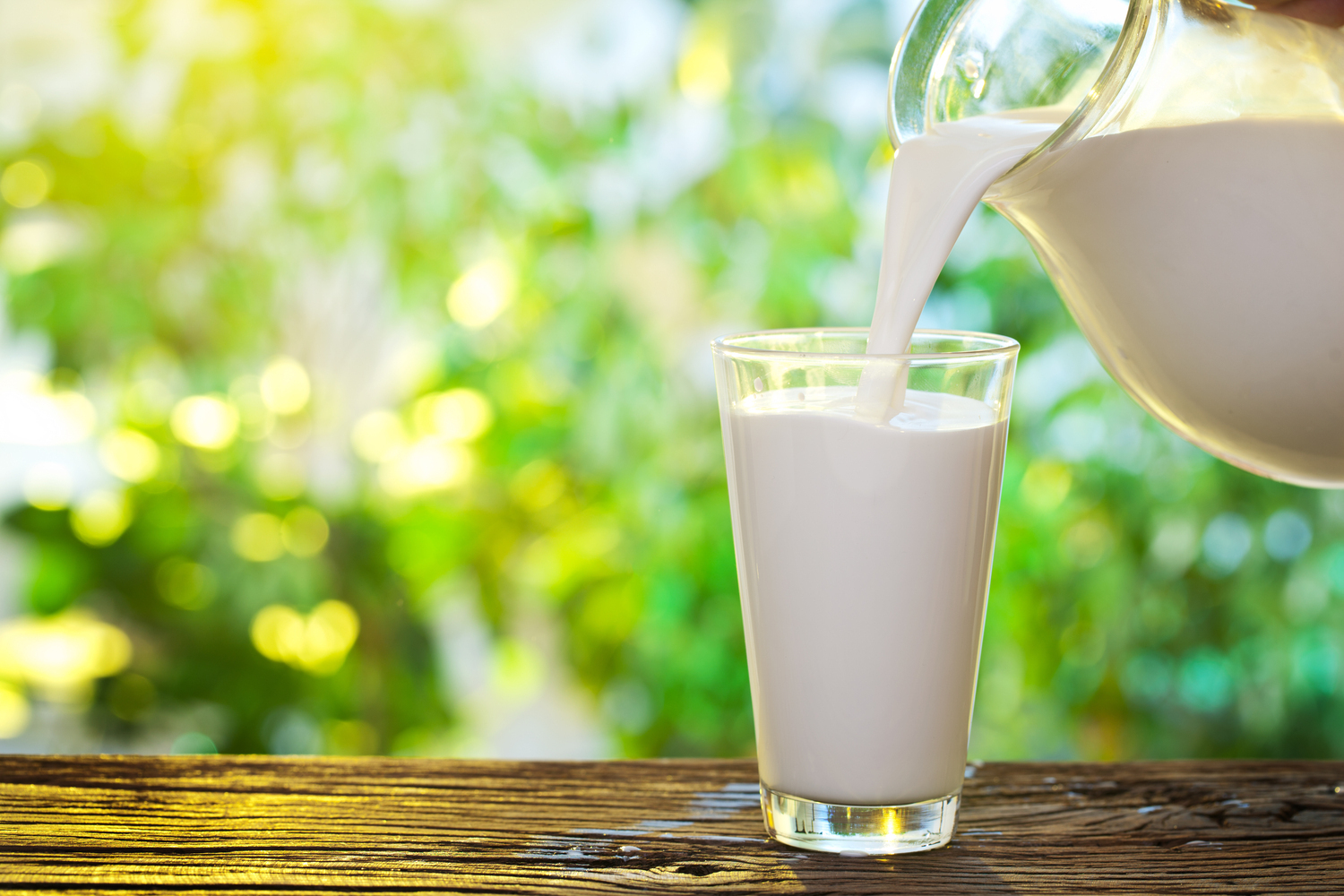
5 Signs of Lactose Intolerance
It is estimated that about 65 percent of the world’s population has some level of lactose intolerance. Lactose is a form of sugar naturally found in milk; human beings have an enzyme, known as lactase, that is responsible for breaking down lactose for the purposes of digestion. However, those lacking the lactase enzyme may have difficulty digesting dairy products, resulting in lactose intolerance. Here are the common signs of lactose intolerance:
1. Diarrhea or loose stools
Lactose intolerance causes an increased volume of water in the colon, which, in turn, raises the fluid levels in the stool. This, combined with the microflora fermentation that generally occurs in the gut due to lactose intolerance, can often lead to diarrhea. Diarrhea due to lactose intolerance commonly happens in babies and younger children, and is less common in adults.
2. Stomach pain and cramps
Stomach pain and cramps are common symptoms of lactose intolerance in both adults and children. When your body is unable to break down lactose, the sugar is passed through the gut and into the colon. However, because lactose is a carbohydrate, it cannot be absorbed by the cells lining the colon. Instead, the lactose is fermented by the bacteria naturally found in the colon. This fermentation process can result in stomach pain and cramps.
3. Mouth ulcers
Mouth ulcers are also believed to be a common sign of lactose intolerance. While doctors are unsure of the exact cause, dairy products like cheese, 100% real milk and yogurt are known contributors to canker sores. It is therefore advisable to cut down on daily dairy products if your mouth sores keep recurring after consuming such products.
4. Gas and bloating
If it is not broken down normally, lactose remains “hanging” in the colon and gets fermented by microflora instead of passing through the gut via the colon. This fermentation of lactose in the colon leads to an increase in the production of gasses such as methane, hydrogen, and carbon dioxide in the colon. This often leads to stomach discomfort, excess gas, and bloating.
5. Constipation
Constipation is another indicator of lactose intolerance, though it is less common. Microflora fermentation produces methane and short-chain fatty acids. The short-chain fatty acids can lead to diarrhea, while methane can result in bloating in some patients. However, methane gas can also slow down the time it takes for food to travel through the gut, resulting in constipation.
Some people tend to think that lactose intolerance only happens in children, but this is not the case. Lactose intolerance is a common problem facing many people around the world. While there is no definite solution to the problem, consuming lactose free milk or avoiding milk-based products can help reduce lactose intolerance-related symptoms. It is also important to look out for the common signs of lactose intolerance and seek medical attention as soon as possible.


